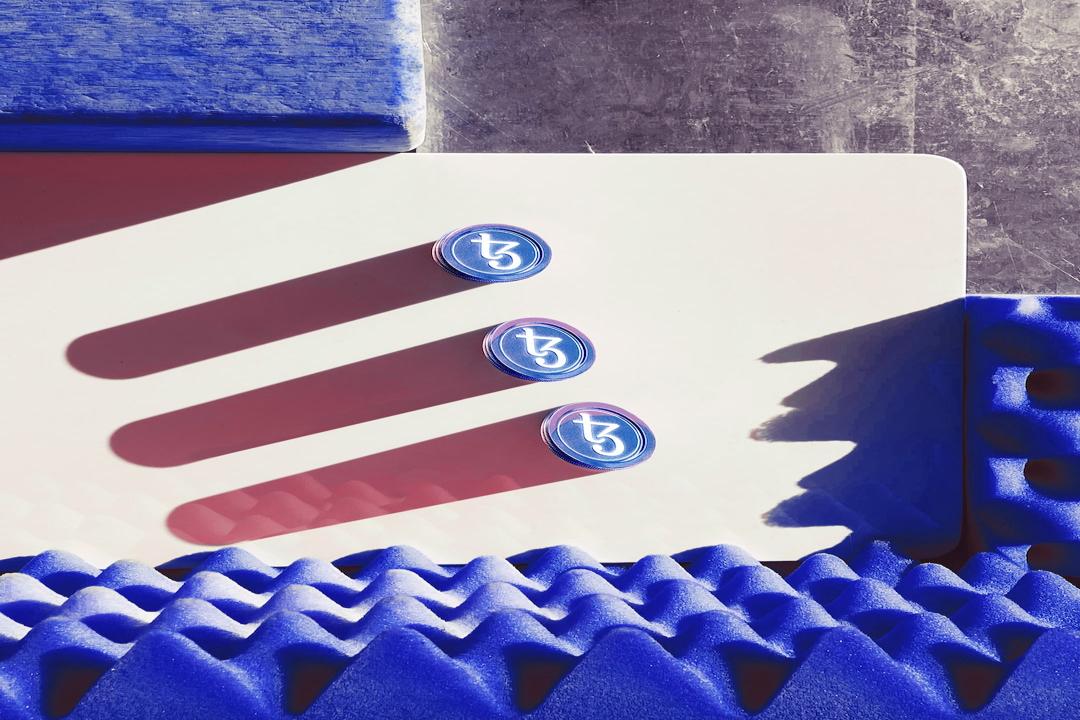Hello everyone, I’m Paul from Coinmanlabs. Today, I’d like to talk to you about a project related to Unisat – Fractal Bitcoin.
But before we delve into the project, let’s first introduce Unisat.
Since its inception, Bitcoin has been defined as “digital gold”. Similar to gold, its primary function is storing value. Despite the early concepts within the Bitcoin ecosystem, its development stagnated for over a decade until Ordinals emerged. Of course, Ordinals didn’t peak immediately; it endured a period of obscurity until its breakthrough, championed notably by the Unisat team.
Unisat initially gained traction by facilitating micro-NFTs on BTC, later shifting their development focus to the BRC-20 market. Their real rise to prominence came with the viral image of Ordi’s thousandfold screenshot across WeChat groups on Labour Day 2023.
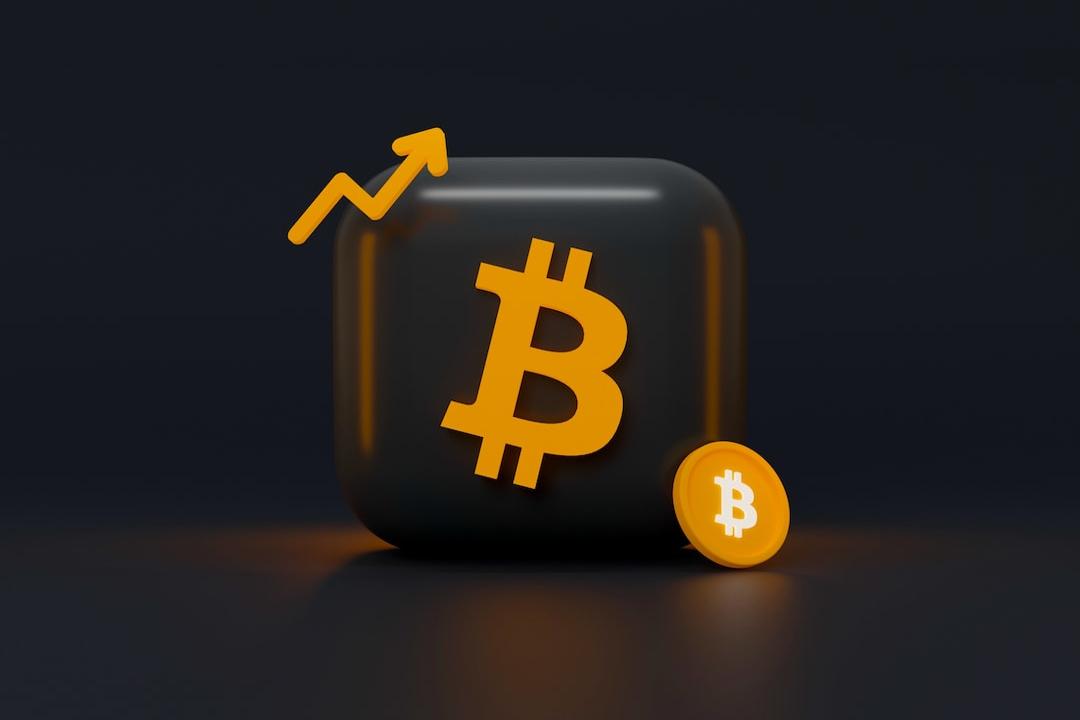
That moment marked a watershed for BTC’s NFT ecosystem. The news of “$ordi thousandfold per capita” spread rapidly, followed by opportunities like “$nals”, “$UTXO”, “$elon” coins, and others. FOMO-driven users flooded into the BRC-20 market, swiftly filling related WeChat groups within an afternoon. As the sole on-chain BRC-20 token gateway, UniSat became the talk of the entire crypto sphere, inadvertently causing network congestion.

In summary, UniSat’s pioneering efforts were pivotal to BRC-20’s success, laying the groundwork that introduced BRC-20 to a broader audience.
Despite the frenzy, UniSat’s team, rumored to consist of only ten individuals, drew attention from institutions interested in a billion-dollar valuation for acquisition.
Q: How to handle the decline of the UniSat trend?
Lorenzo, UniSat’s founder, acknowledged in interviews that while the BRC-20 hype would inevitably ebb, it could resurge at any moment. UniSat planned to enhance user experience, bolster security measures, and explore new products currently in testing.
Reflecting on these words from the BRC-20 hype era, let’s explore their current endeavors.
Q: What improvements are still needed?
Participants in the NFT surge may recall its sluggishness and high costs. Many had to learn to adjust default Gas settings just to ensure timely inclusion of their transactions on the Bitcoin blockchain.
Fractal
Fractal, a concept in mathematics, describes complex geometric shapes with self-similarity. This property means parts of the shape resemble the whole, regardless of scale. Fractal structures are prevalent in nature and mathematics, seen in phenomena like snowflakes, coastlines, mountains, trees, and lightning paths.
Fractal geometry was pioneered by French mathematician Benoît B. Mandelbrot in the 1970s, exploring irregular shapes in nature and finding order in complexity through recursive algorithms.
In simpler terms, fractals are geometric shapes where each part resembles the whole when magnified. This self-repeating pattern is common in both natural and mathematical contexts.

For instance, consider a tree: each branch mirrors the tree’s overall structure, scaling down endlessly, maintaining self-similarity across levels.
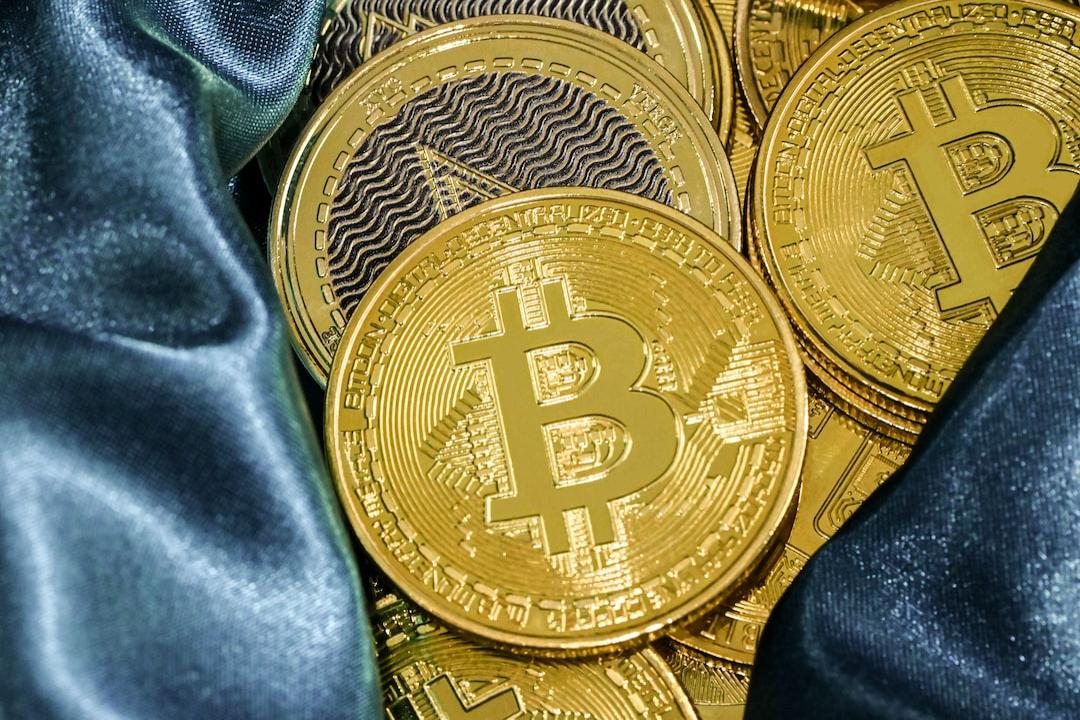
Having covered the meaning of fractals, its key feature being self-similarity, let’s connect Fractal Bitcoin. Literally, does it suggest a highly consistent “product” with self-similarity to Bitcoin?
Fractal Bitcoin

Project Website: https://www.fractalbitcoin.io/
Twitter: https://x.com/fractal_bitcoin
Project Overview: Fractal Bitcoin is a recursive scaling solution built on the world’s most secure and highest-capacity blockchain using Bitcoin Core code itself.
Project Analysis
Fractal’s current highlights include native, rapid, dynamically scalable, consistent, and simpler cross-chain capabilities.
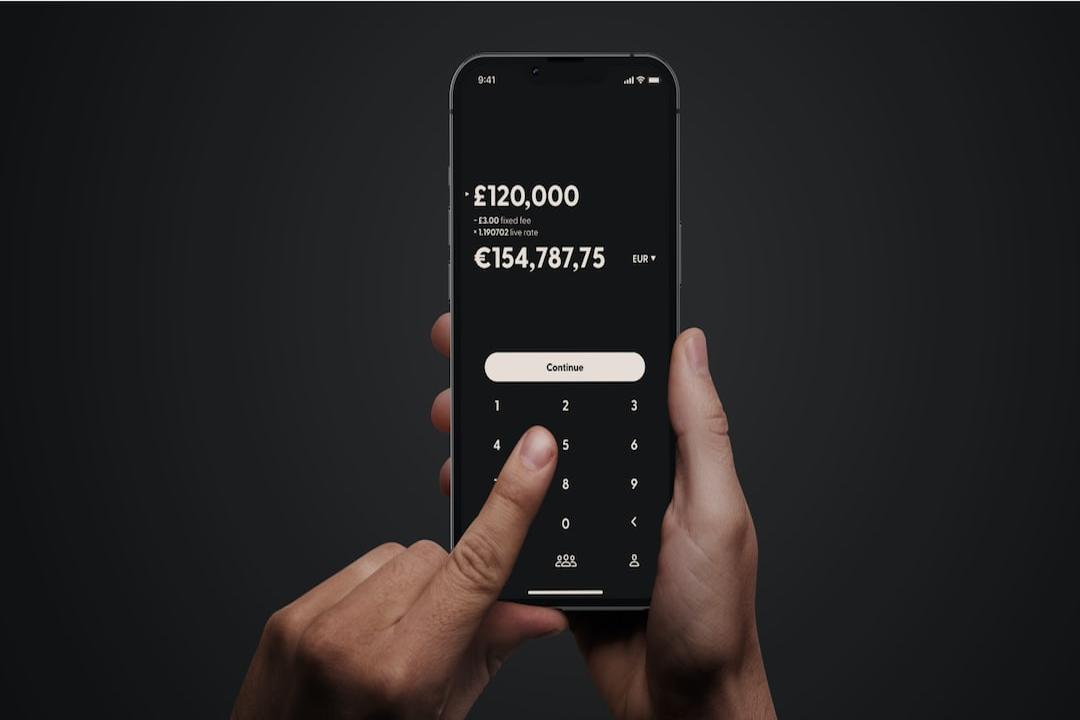
Q: What are some use cases for FRACTAL?
Stablecoins, native Bitcoin DeFi applications, Ordinals, large-scale games, and other applications can seamlessly operate on Fractal, fully compatible with Bitcoin’s native environment.
Q: How is Fractal Bitcoin different?
Fractal is a unique, recursively scalable framework based on Bitcoin Core software. It instantly integrates with Bitcoin and its infrastructure, supporting unprecedented internet-scale applications.
Q: What is Fractal’s goal?
Fractal aims to extend Bitcoin’s functionality as a native scaling solution, promoting Bitcoin’s growth and adoption, particularly with native Bitcoin solutions.
Q: What is the utility of FRACTAL tokens?
Fractal tokens, known as FB (Fractal Bitcoin), support transaction fees, node and service access, project launchpads, Fractal top-tier services, and ecosystem management.
Q: Why call it Fractal Bitcoin?
Fractal denotes a self-similar, recursive property. We believe Bitcoin scaling requires each layer to exhibit fractal essence: uniform layers, logically sequenced for scalability. Essentially, this is Fractal Bitcoin!
Consensus Mechanism
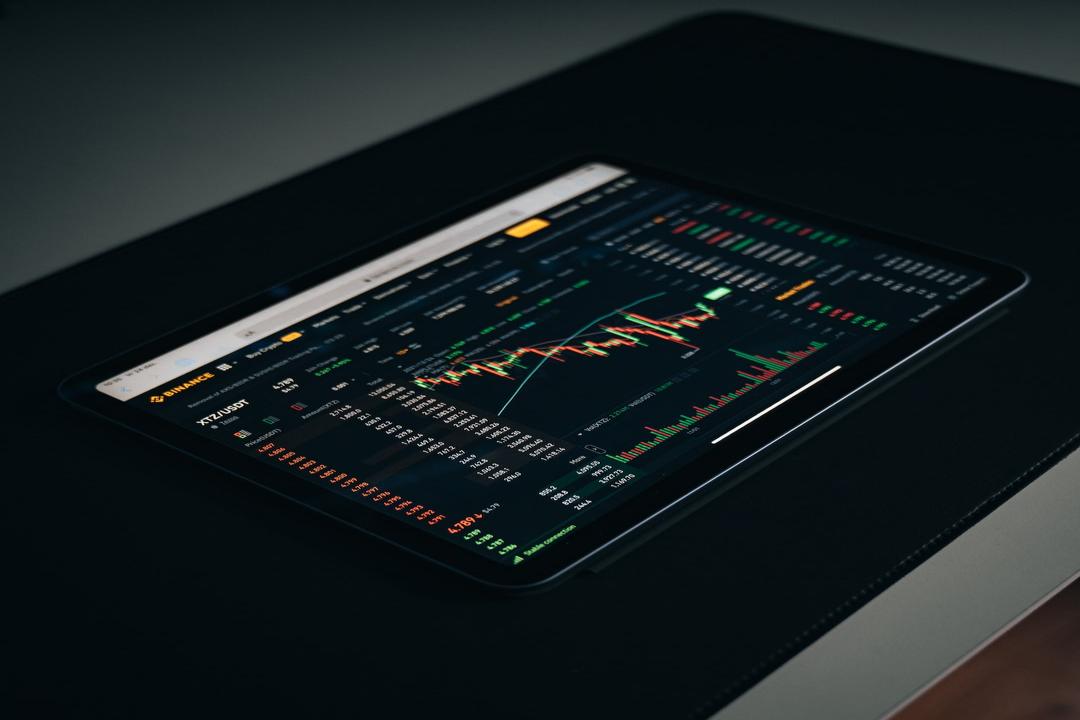
Fractal uses a Proof of Work consensus mechanism, consistent with Bitcoin. Miners utilize existing ASICs, GPUs, and other hardware to mine blocks.
Fractal employs an innovative mining method called Cadence Mining, balancing the benefits of merged and permissionless mining. Every three blocks mined, two blocks are mined without permission, while one block is merged-mined. This preserves permissionless, free-to-use mining opportunities for the Fractal community, leveraging the robust security of the Bitcoin main chain.

As a native scaling solution, Fractal enables secure asset transfers across layers starting from the Bitcoin main chain. Assets like Bitcoin and BRC-20 and Ordinals can bridge through decentralized bridges. The underlying mechanism features dynamic replacement with rotating MPC signature schemes, tailored to specific aspects of the BRC-20 standard.
Coinmanlabs Reflections
1. UniSat’s success, backed by investments from institutions like OKX, alleviates concerns over marketing, as seen with the recent Pizza campaign.
2. UniSat demonstrated strong technical capabilities during the BRC-20 hype, handling pressures adeptly.
3. Anticipating issues during the BRC-20 surge underscores UniSat’s ability to address unforeseen challenges, crucial for products facing massive user influxes.

